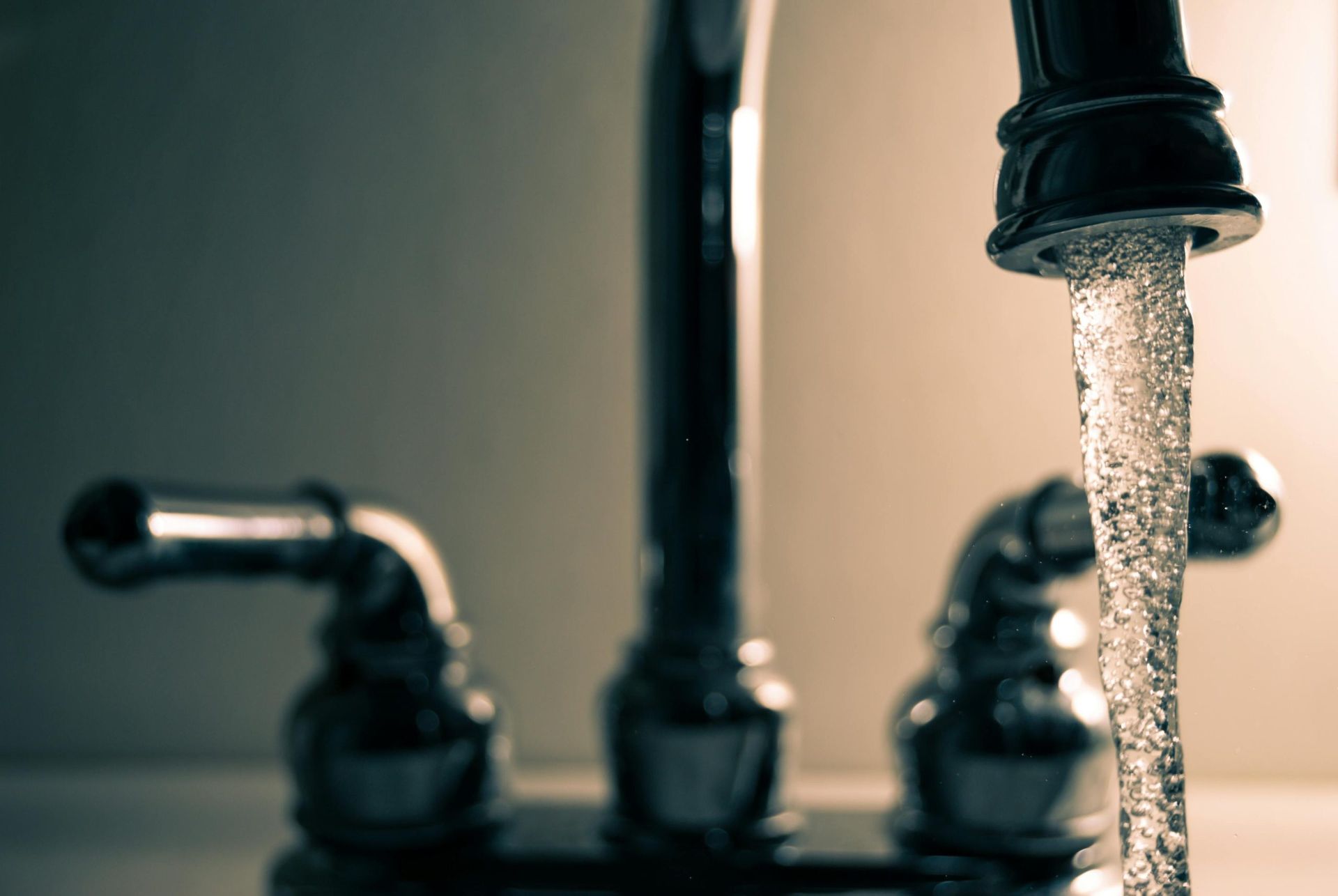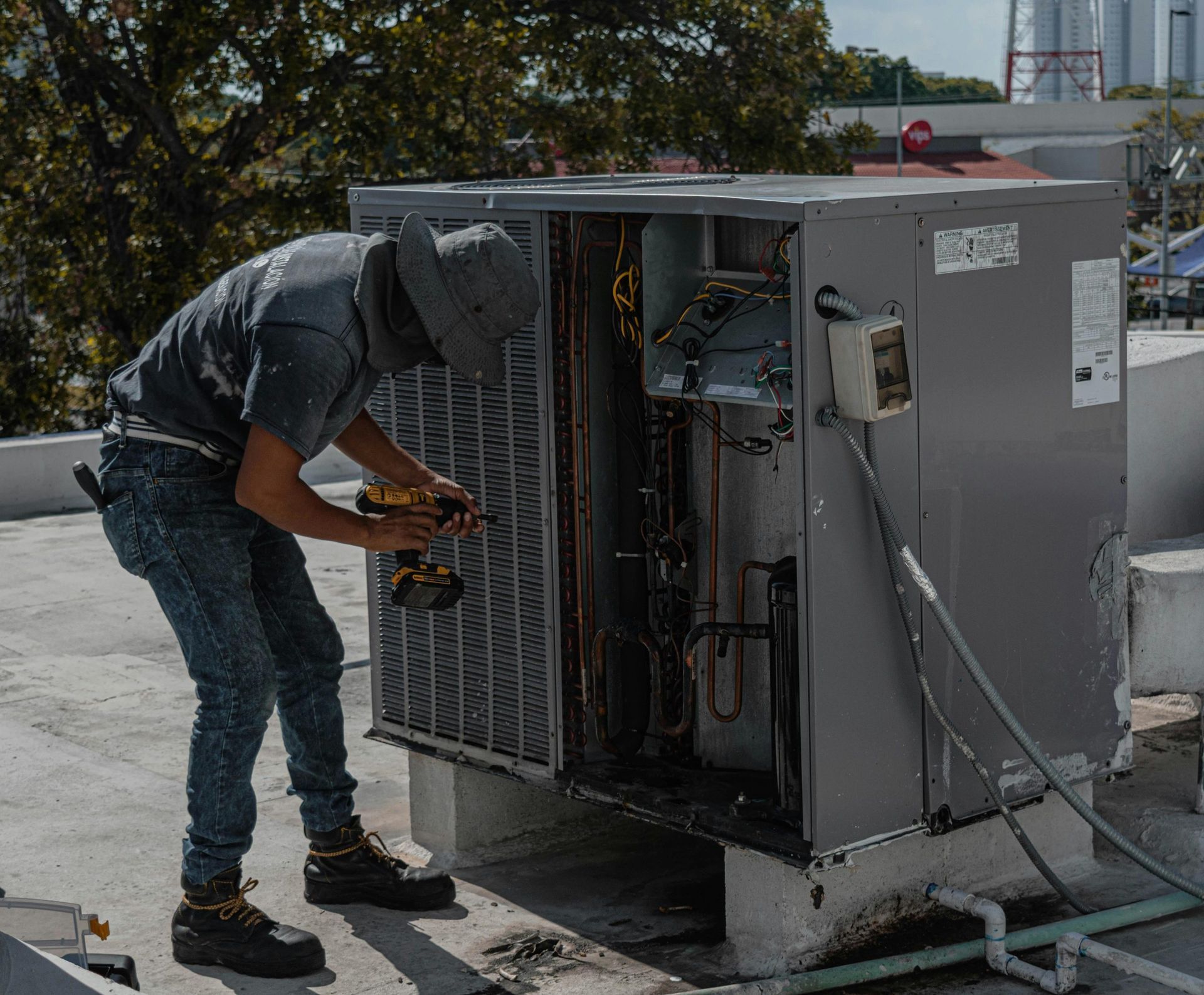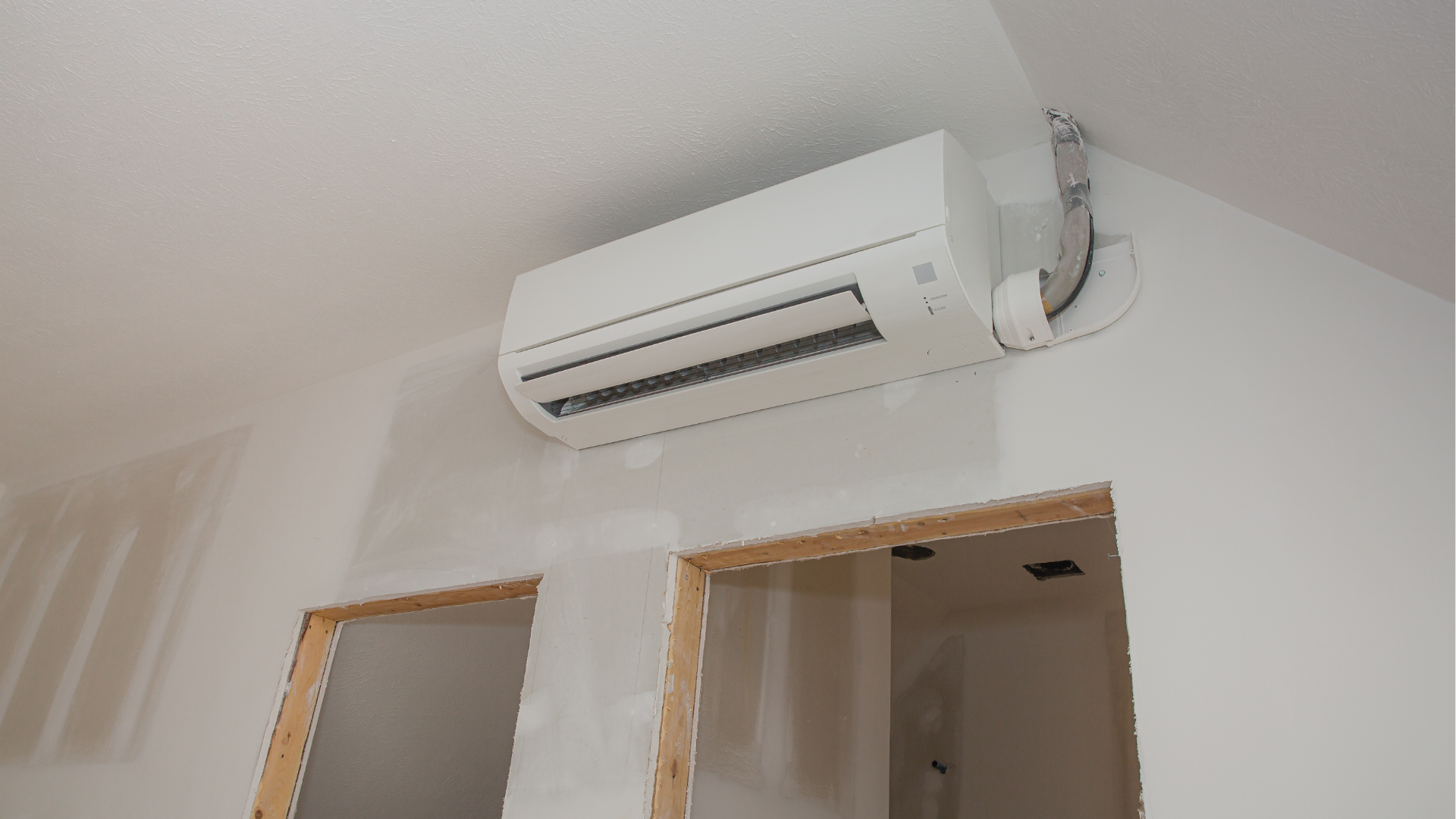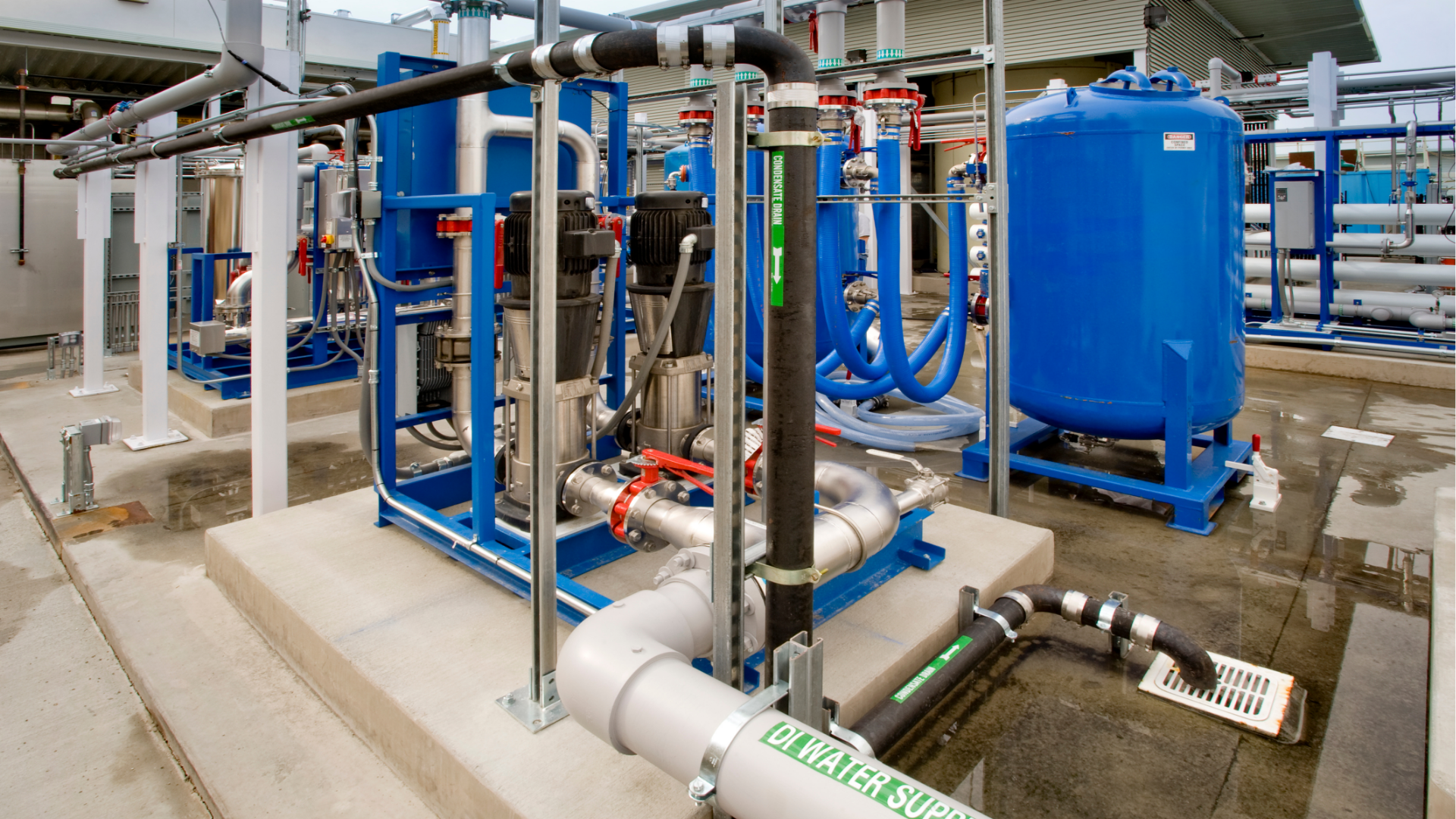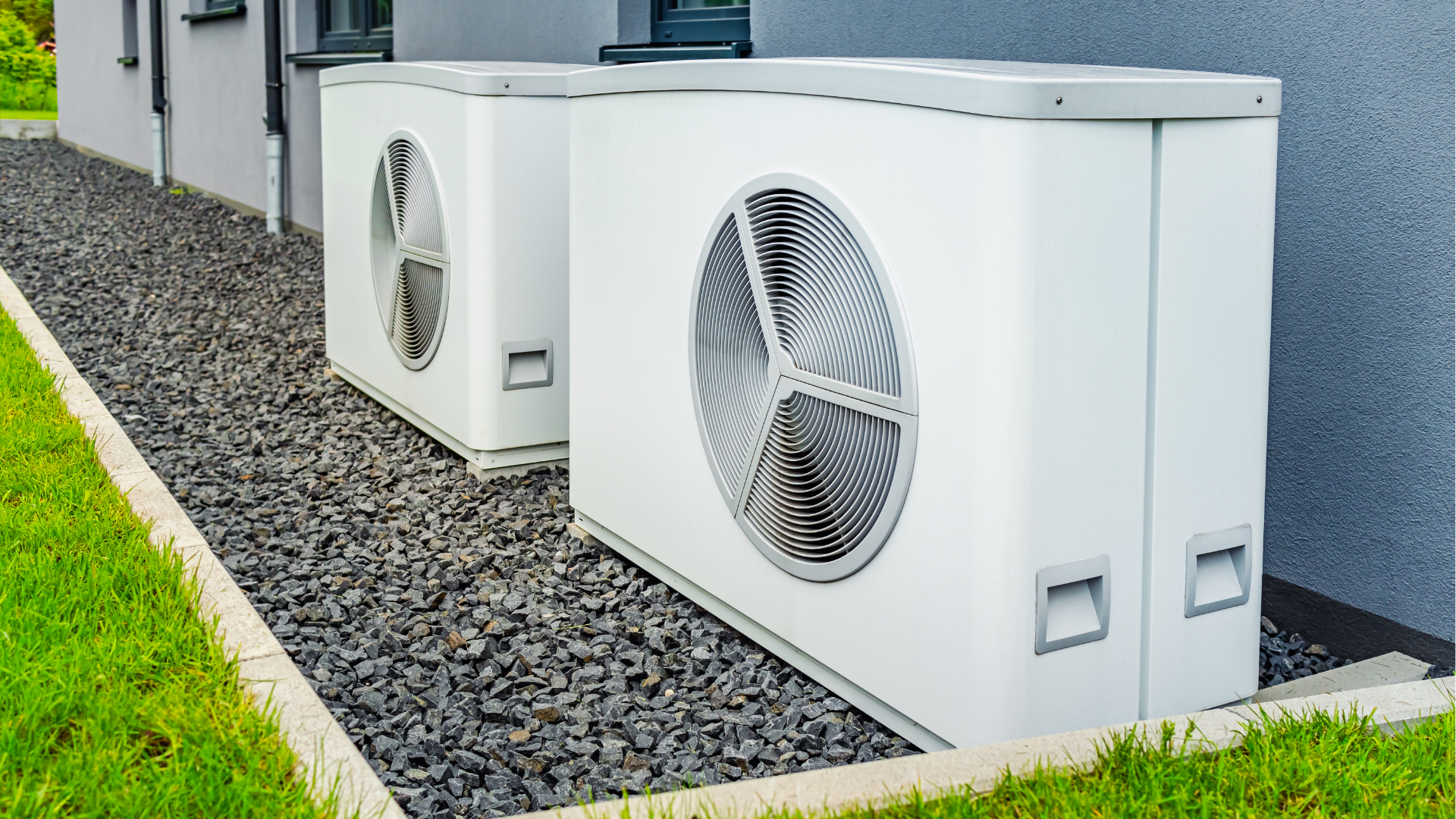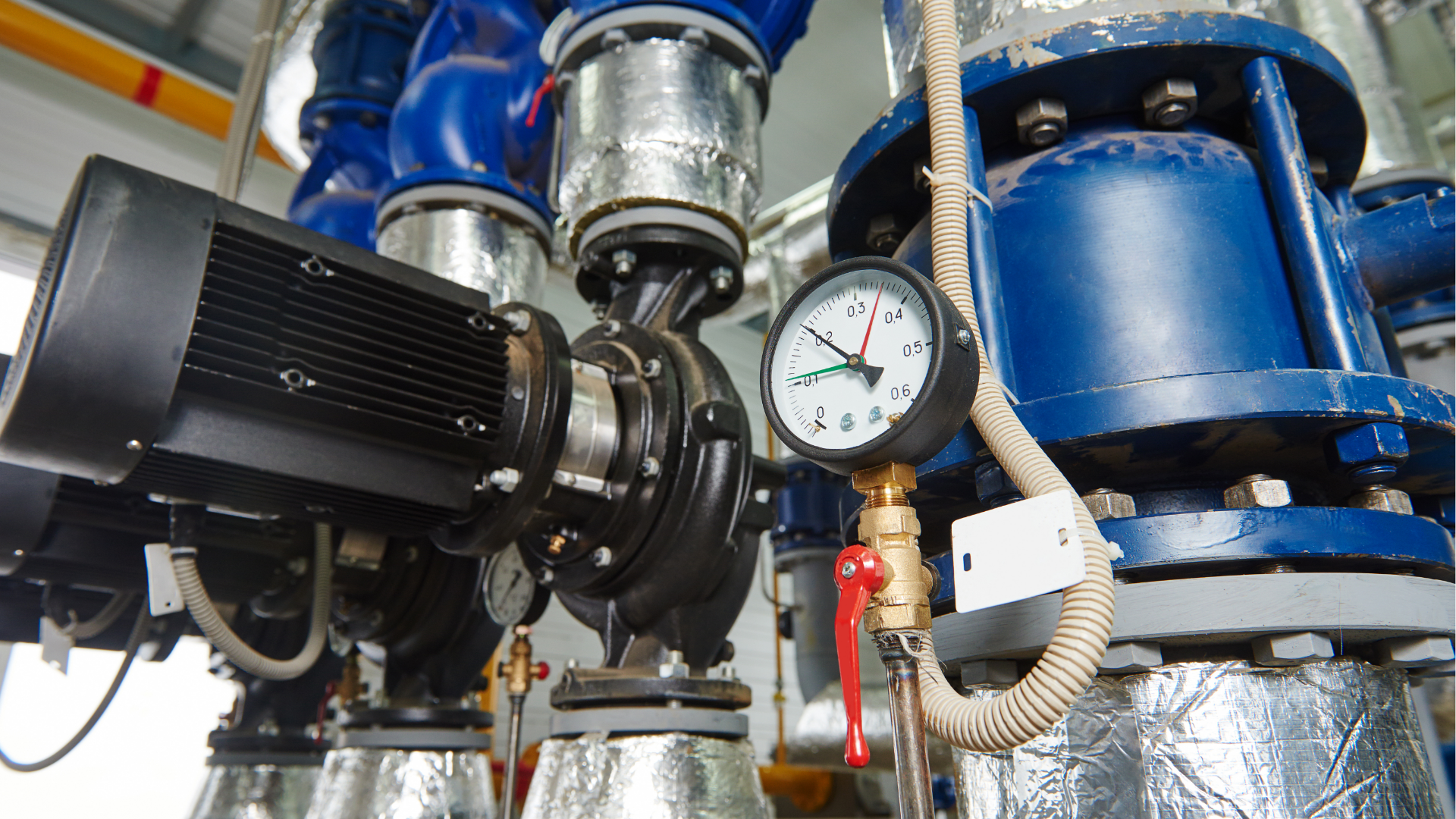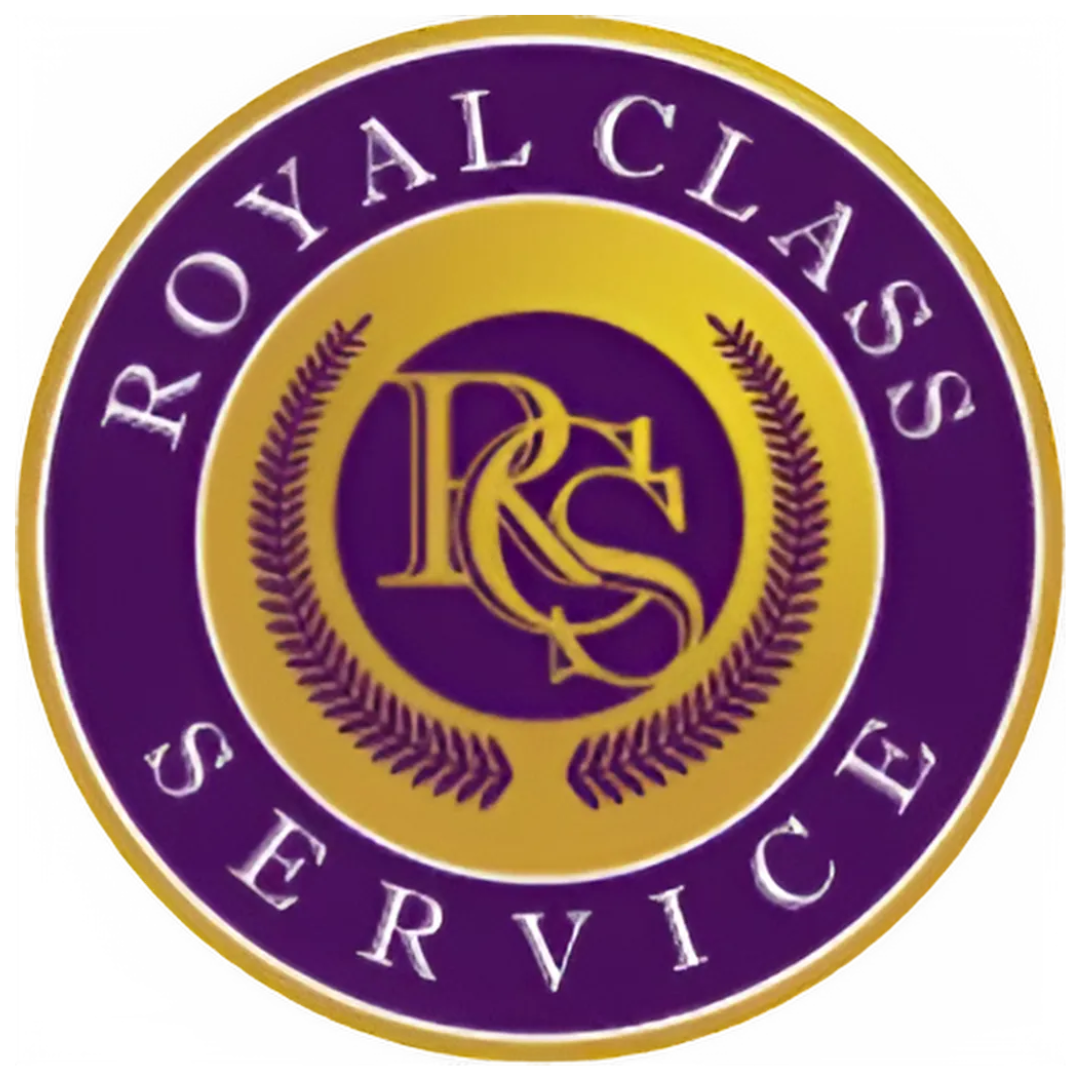7 Proven Tips to Enhance Indoor Air Quality in Your New Windsor Home
7 Proven Tips to Enhance Indoor Air Quality in Your New Windsor Home
A clean and healthy living environment is a top priority for many New Windsor homeowners. Maintaining high indoor air quality is crucial to creating a comfortable and safe living space. Indoor air pollutants, such as dust, pollen, pet dander, and volatile organic compounds (VOCs), can cause allergy symptoms, and respiratory issues, and even contribute to long-term health problems.
This ultimate guide will share seven proven tips to help you enhance the indoor air quality in your home. These practical solutions, ranging from regular maintenance of your heating and cooling system to adopting natural air purification methods, can significantly impact the overall air quality and contribute to the well-being of your family. By following these guidelines from Royal Class Service, you can ensure a cleaner, healthier, and more enjoyable living environment in your New Windsor home.
1. Regular HVAC Maintenance
One of the most effective ways to improve your home’s indoor air quality is to regularly maintain your heating , ventilation, and air conditioning (HVAC) system. A well-maintained HVAC system ensures efficient heating and cooling and contributes to cleaner air by reducing the number of airborne pollutants circulating throughout your home.
To maintain your HVAC system, start by regularly checking and cleaning or replacing air filters, as dirty filters can restrict airflow and allow contaminants to accumulate in your home. Additionally, schedule annual inspections and professional cleanings of your HVAC equipment to ensure optimal performance and air quality.
2. Proper Ventilation
Proper ventilation is essential for maintaining high indoor air quality by exchanging stale, polluted indoor air with fresh outdoor air. Adequate ventilation helps dilute and remove airborne contaminants, reducing the concentration of harmful pollutants in your home. To improve home ventilation, consider the following strategies:
- Open windows and doors regularly to allow fresh air to circulate.
- Install exhaust fans in moisture-prone areas such as kitchens, bathrooms, and laundry rooms to remove pollutants and excess humidity.
- Ensure that ventilation ducts are clean and unobstructed to optimize airflow throughout your home.
3. Control Humidity Levels
Excessive moisture in your home can contribute to poor indoor air quality by promoting mold growth and increasing dust mite populations. Both of these factors can trigger allergy symptoms and contribute to respiratory issues. To maintain a healthier indoor environment, it is crucial to keep humidity levels in check.
Monitor your home’s humidity levels using a hygrometer, and aim to maintain a relative humidity between 30% and 50%. If you’re experiencing high humidity levels, consider using a dehumidifier, improving your home’s ventilation system, or addressing any underlying moisture-related issues such as leaks or inadequate insulation.
4. Air Purifiers and Filtration Systems
Air purifiers and advanced filtration systems can play a significant role in improving indoor air quality by actively removing various airborne pollutants. Air purifiers use a combination of filters, such as HEPA filters, activated carbon filters, and ultraviolet (UV) light, to capture and neutralize allergens, mold spores, bacteria, and volatile organic compounds (VOCs).
There are several types of air purifiers available, ranging from portable units designed for individual rooms to whole-house systems that integrate with your existing HVAC system. Before investing in an air purifier, consider your specific needs and the types of pollutants you want to target, and consult with our professionals to determine the best solution for your home.
5. Reduce Indoor Sources of Pollution
Preventing indoor air pollution at its source can be an effective way to maintain high indoor air quality. Some common sources of indoor air pollutants include tobacco smoke, pet dander, cooking fumes, and VOCs emitted from cleaning products, paint, and furniture. To minimize indoor air pollution, adopt the following practices:
- Establish a no-smoking policy in your home.
- Regularly groom and bathe pets to control pet dander.
- Use exhaust fans while cooking to remove cooking fumes and particulate matter.
- Opt for low-VOC or VOC-free cleaning products, paints, and furnishings to reduce chemical emissions in your living spaces.
6. Maintain a Clean Living Environment
A clean and well-maintained home is essential for promoting better indoor air quality. Regular cleaning can help reduce dust, pet dander, and other allergens, contributing to a healthier living environment. Some ways to maintain a clean home include:
- Regularly vacuum carpets, floors, and upholstery using a vacuum cleaner with a HEPA filter.
- Dusting surfaces with a damp cloth to remove dust and allergens.
- Washing bedding, curtains, and other fabrics frequently to eliminate allergens and pollutants.
- Keep floors and entryways clean by regularly sweeping, mopping, and using doormats to minimize outside dirt and pollutants entering your home.
7. Incorporate Natural Air Purification Methods
In addition to the aforementioned strategies, incorporating natural air purification methods can further enhance the indoor air quality in your home. Consider the following natural air purifying techniques:
- Add Air-Purifying Plants to Your Living Spaces: Some plants, such as spider plants, snake plants, and Boston ferns, can help filter and absorb air pollutants.
- Use Beeswax Candles: Unlike traditional candles, which emit soot and VOCs, beeswax candles burn cleaner and release negative ions that can help neutralize airborne pollutants.
- Use Natural Ingredients: Utilize baking soda, activated charcoal, or natural zeolite mineral as odor-absorbing agents instead of chemical air fresheners.
Breathe Easy with Improved Indoor Air Quality
Maintaining high indoor air quality is essential for the comfort, health, and well-being of your family. By implementing the tips shared in this article, you can take a proactive approach to creating a cleaner and healthier living environment in your New Windsor home. Remember that regular HVAC maintenance, proper ventilation, humidity control, air purification solutions, reducing indoor pollution sources, maintaining a clean living environment, and incorporating natural air purification methods are all effective strategies for enhancing indoor air quality.
If you’re looking for professional assistance with improving your indoor air quality , don’t hesitate to contact us. Our experienced team at Royal Class Service can help assess your home’s current air quality, recommend tailored solutions, and ensure your HVAC system is optimized for cleaner, healthier air. Start breathing easy and enjoying the benefits of improved indoor air quality by reaching out to us today!
Recent Posts
